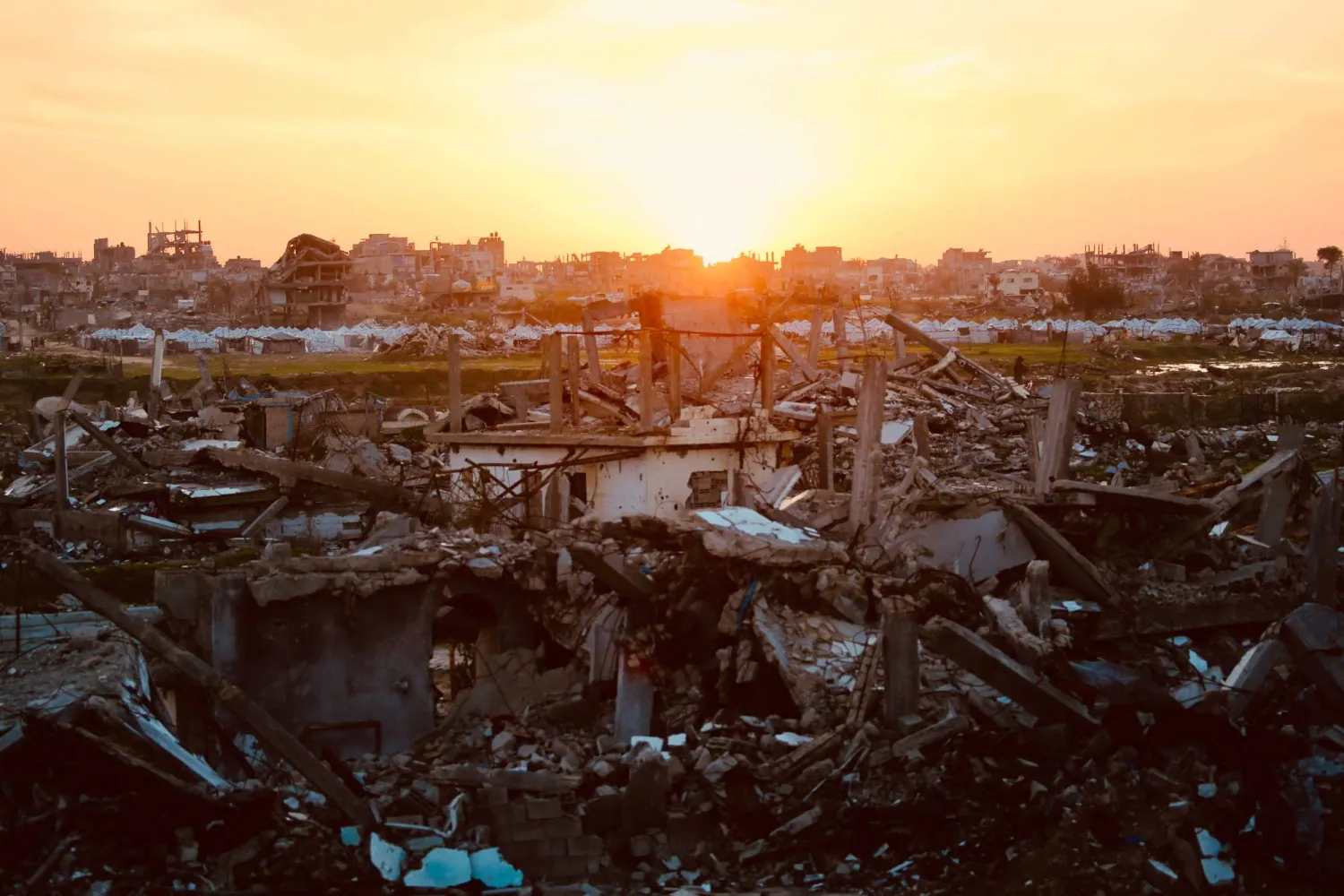The ruling Baath Party took control of the Syrian Parliament, winning 170 seats out of 250 in the parliamentary elections announced Thursday.
The National Front parties, allied with the Baath, won 14 seats, bringing the total number of the Front alliance to 184 deputies, while 66 independent candidates reached the parliament.
According to the lists announced by the Baath Party’s regional leadership, members of the Baath Party topped the election results by a wide margin. The highest voter turnout was registered in the Homs Governorate, which accounted for more than 600,000 voters.
The Higher Judicial Elections Committee announced on Thursday the results of the People’s Assembly elections for the fourth legislative term, which took place on Monday.
The Syrian Arab Agency (SANA) quoted the head of the committee, Judge Jihad Murad, as saying that the participation rate in the elections reached 38.16 percent.
In a press conference at the Ministry of Justice, Murad announced the names of the winning candidates, noting that petitions can be submitted before the Supreme Constitutional Court on Friday, Saturday and Sunday.
He added that the committee has sought to guarantee a democratic climate to ensure a smooth and fair voting process.
“The committee was keen to provide a democratic atmosphere by taking all necessary procedures to ensure freedom of voters and integrity of the elections,” he said.
Murad also pointed to the interaction of citizens and keenness to exercise their electoral right in choosing their representatives for membership in the People’s Assembly.
He stressed that the winning candidates possess scientific competence, various experiences, and social standing, which allows the new council to perform its national role to the fullest extent.
The Syrian People’s Assembly consists of 250 members. 1,516 candidates participated in the electoral race, while 8,151 polling stations were distributed in areas controlled by the Syrian government.
No elections took place in the regions of the Syrian Democratic Forces (SDF) in northeastern Syria, nor in those controlled by the Syrian opposition in the country’s north-west.
Ruling Baath Party Controls Syrian Parliament

Voters cast their ballots at a polling station in Damascus (EPA)

Ruling Baath Party Controls Syrian Parliament

Voters cast their ballots at a polling station in Damascus (EPA)
لم تشترك بعد
انشئ حساباً خاصاً بك لتحصل على أخبار مخصصة لك ولتتمتع بخاصية حفظ المقالات وتتلقى نشراتنا البريدية المتنوعة







